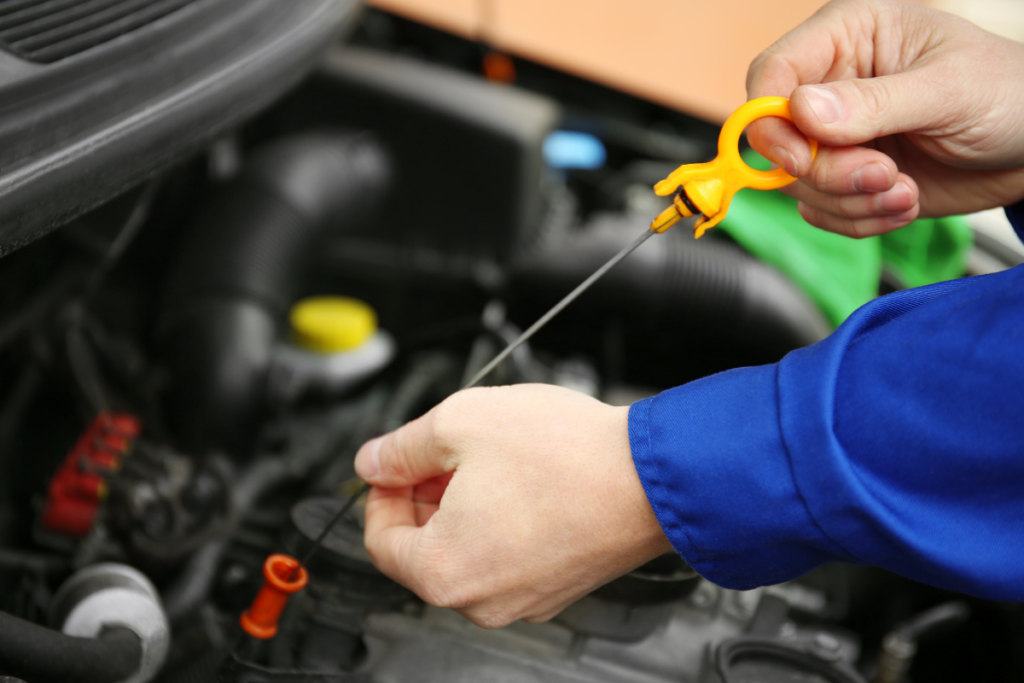Nowadays is very common for cars to use turbo to optimize their performance. A vehicle with this component usually is considered more efficient and fast.
The increase in power and speed is one example of the turbo’s advantages. In addition to these benefits, this part also makes it possible to decrease fuel consumption.
The advantages of turbo engines are also evident in the professional racing world. In Formula 1, cars have traded in their giant V8 engines for V6 turbo engines and still manage to be the fastest cars in the category.
How does the turbo work?
To understand the importance of preserving the engine’s turbo, first, you must know how it works.
The engine’s performance is related to the amount of air it takes in. The greater the mixture of air and fuel in the cylinder, the greater its power. So, to reduce the amount of fuel and increase the amount of air intake while getting the same benefit, the turbo was created. It is responsible for reusing the exhaust gases, compressing and forcing the air into the combustion chamber.
In turn, the compressed air becomes less dense due to its heating. And this allows the increase of its quantity inside the combustion chamber. This process contributes to the reduction of fuel consumption in cars.
Although the mechanics of operation may seem a bit complex, the process is actually quite simple. Just like preserving your car’s turbo. You only need to adopt some more responsible habits in your driving style.

How to preserve your car’s turbo?
Turbo is a mechanic element subject to high stresses and strains. Besides being in contact with the high temperatures of the exhaust gases, it also works at high speeds due to its internal components.
In cases of malfunctions or poor profitability, the only solution is to contact a specialized workshop. However, you can adopt a series of behaviors in your daily driving to avoid frequent visits to the mechanic.
Read also: Why buy used cars parts?
1. Do not drive the car immediately after starting
Wait for the engine to reach its ideal temperature before starting the journey, approximately 10 seconds. This is time enough for the oil to reach the engine to lubricate all engine components.
This ensures maximum engine efficiency and performance.
2. Avoid accelerating to the maximum while the engine is cold
As long as the engine has not reached the ideal temperature for its use, close to 90ºC, you should not accelerate to the edge or change gears at high revs.
Cold oil is denser and more viscous, and it makes it more difficult for it to pass through all areas of the engine. The turbo, being a more sensitive element, requires maximum care.
3. Check the oil level
Just as cold oil doesn’t reach all engine areas as easily, the same happens if there’s not enough oil. Some components of your car may not be properly lubricated if there is an oil deficit.
So be aware of the oil’s minimum limit. If you notice that your car is consuming more, go to your mechanic for evaluation.

4. Keep an eye on the fuel tank
Avoid driving with too little fuel, as the electric pump cannot provide enough fuel when driving uphill, downhill, and around bends.
Furthermore, running with a reserve tank facilitates the accumulation of dirt in the tank. And also enables the clogging of peripheral elements, including the turbo.
5. Perform regular maintenance
Turbo is very sensitive to oil. To prevent any trouble, you must pay attention to the quality, brand, and viscosity of the oil recommended by the manufacturer.
It is also essential to comply with the service deadlines indicated by the manufacturer. So, avoid driving with old oil, as it does not lubricate the turbo or the engine properly.
Therefore, you should replace the oil periodically and completely – do not add new oil over the existing one.
Also read: OEM and Aftermarket Parts: differences & advantages
6. Do not accelerate before turning off the car
Accelerating before turning off forces the turbines to increase their rotations without being lubricated as they turn. This is because when you turn off the ignition, the lubricant circuit is cut off, but the turbines continue to spin.
The long-term consequences of this action can lead to severe failures and unnecessary expenses.
7. Avoid turning off the car right after your trip
Oil pressure is essential for the proper functioning of the turbo. As it is managed by the engine running, turning it off right after your trip, while the turbo is still working, will increase the possibility of abrasion.
Therefore, you should wait approximately 30 seconds before turning off the car. This is enough time to reduce the turbine revolutions and the progressive decrease of the turbo’s temperature.
If you have a car equipped with the Start & Stop system, this management is done by the system itself.

